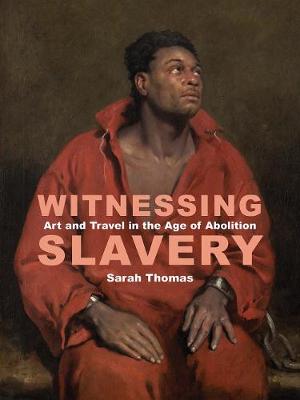A timely and original look at the role of the eyewitness account in the representation of slavery in British and European art
Gathering together over 160 paintings, watercolors, drawings, and prints, this book offers an unprecedented examination of the shifting iconography of slavery in British and European art between 1760 and 1840. In addition to considering how the work of artists such as Agostino Brunias, James Hakewill, and Augustus Earle responded to abolitionist politics, Sarah Thomas examines the importance of the eyewitness account in endowing visual representations of transatlantic slavery with veracity. “Being there,” indeed, became significant not only because of the empirical opportunities to document slave life it afforded but also because the imagery of the eyewitness was more credible than sketches and paintings created by the “armchair traveler” at home. Full of original insights that cast a new light on these highly charged images, this volume reconsiders how slavery was depicted within a historical context in which truth was a deeply contested subject.
- ISBN10 1913107051
- ISBN13 9781913107055
- Publish Date 10 September 2019
- Publish Status Active
- Publish Country GB
- Imprint Paul Mellon Centre for Studies in British Art
- Format Hardcover
- Pages 304
- Language English
